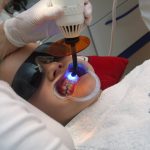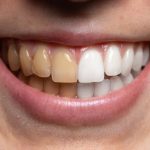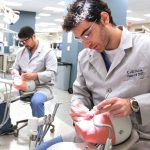When to Resume Workouts Following Wisdom Teeth Removal: A Recovery Guide

The removal of wisdom teeth is a common dental procedure that requires careful attention during the recovery period. It is important to follow post-operative instructions to minimize the risk of complications, such as dry socket or infection. One of the questions that often arises during this period is when it is safe to resume workouts. This recovery guide will provide you with the necessary information to understand the healing process and the appropriate time to start exercising again. Each person’s healing process is unique, and the time it takes to recover from wisdom teeth removal can vary. Generally, it takes at least a few days to a week for the initial healing of the surgical site. During this time, you may experience swelling, pain, and discomfort, which can make it difficult to resume physical activity. However, it is important to give your body the time it needs to recover fully before returning to your workout routine. In this guide, we will explore the factors that can affect your recovery and provide you with tips on how to safely resume exercise after wisdom teeth removal.
Understanding Wisdom Teeth Removal
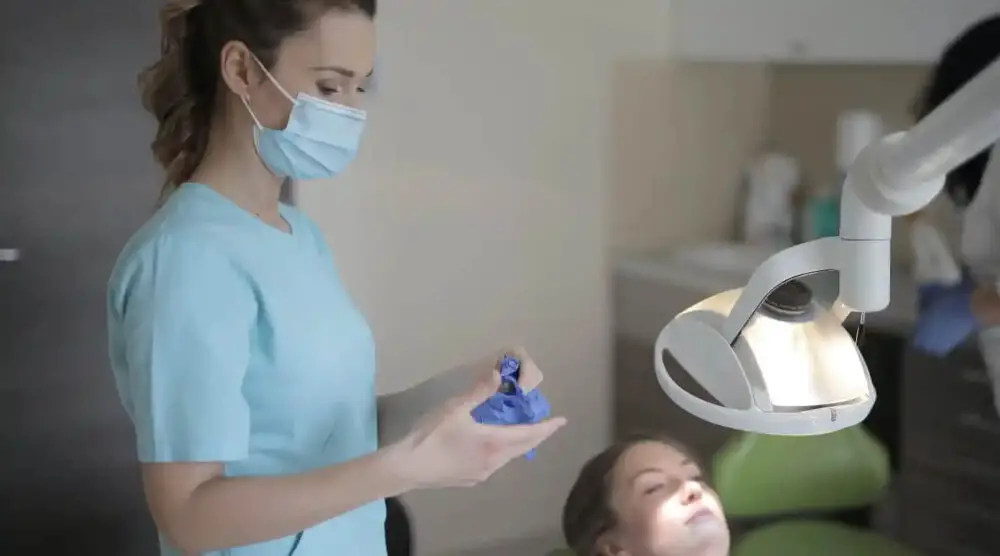
Wisdom teeth, also known as third molars, are the last set of teeth to develop in the back of your mouth. While some people may have enough space in their mouth for these teeth to grow in without any issues, others may experience pain, discomfort, and other complications. In such cases, your dentist or oral surgeon may recommend wisdom teeth removal. The procedure involves the surgical extraction of one or more wisdom teeth, typically done under local anesthesia or sedation. While the recovery period can vary from person to person, it typically takes a few days to a week to fully recover from wisdom teeth removal. During this time, you may experience swelling, pain, and difficulty opening your mouth or eating solid foods. It is essential to follow your dentist or oral surgeon’s post-operative instructions carefully to ensure a smooth and successful recovery. This includes taking prescribed pain medications, avoiding hard or crunchy foods, and keeping the extraction site clean to prevent infection. You should also avoid strenuous physical activity for at least a few days after the procedure to allow your body to heal. Gradually, you can resume light exercise, but it is crucial to listen to your body and avoid anything that causes pain or discomfort. If you experience any unusual symptoms or complications, such as excessive bleeding or fever, contact your dentist or oral surgeon immediately. By understanding the wisdom teeth removal procedure and following your recovery guide, you can ensure a safe and speedy recovery.
Following wisdom teeth removal, resuming workouts can be a challenging task that requires careful consideration of several factors. The procedure itself involves removing one or more wisdom teeth, and it often leaves patients with swelling, pain, and limited jaw mobility. To resume workouts, it is essential to wait for the initial healing process to take place, which can take up to a week. Once the patient feels comfortable, they can gradually start with light exercises and avoid any activities that may increase blood pressure or cause physical strain. It is also crucial to maintain good oral hygiene and follow the dentist’s instructions to prevent any complications that may hinder the recovery process.
After wisdom teeth removal, it is essential to give your body enough time to heal properly before resuming your workouts. The recovery time frame for wisdom teeth removal varies from person to person, but it typically takes around seven to ten days. During this time, it is crucial to follow your dentist’s post-operative instructions, such as taking prescribed medications, avoiding smoking, and alcohol, and not engaging in any strenuous physical activity. Resuming workouts too soon after surgery can lead to complications such as excessive bleeding, pain, and infection. It’s important to listen to your body and wait until you feel physically and mentally ready to get back to your fitness routine.
Why You Shouldn’t Workout Immediately After Wisdom Teeth Removal
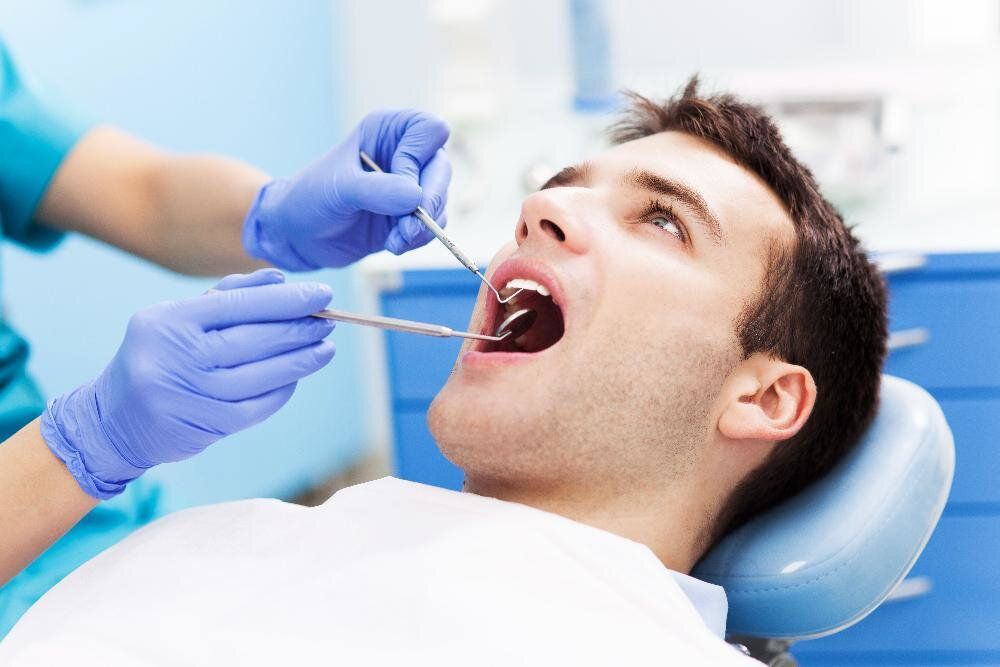
Wisdom teeth removal is a common dental procedure that requires proper care and recovery time. After the surgery, it is essential to take some time off from physical activities, including working out. One of the primary reasons for avoiding exercise immediately after wisdom teeth removal is to prevent dislodging the blood clot that forms in the socket. This blood clot is crucial for the healing process, and any disturbance could lead to a painful condition called dry socket. Additionally, strenuous physical activities can increase blood pressure, which can cause bleeding and swelling in the area of the surgery. Therefore, it is vital to avoid any form of exercise that requires straining, such as weightlifting, running, or jumping, for at least a week after the surgery. Another reason for avoiding exercise after wisdom teeth removal is to allow the body to focus on the healing process. When you work out, your body uses energy, nutrients, and oxygen to support your physical activity. This can divert resources from the healing process and slow down the recovery time. Additionally, working out can increase inflammation and swelling, which can worsen the pain and discomfort. Therefore, it is best to avoid exercise and allow your body to rest and recover properly. Once the initial recovery period is over, you can gradually resume your exercise routine, but it is advisable to consult your dentist or doctor before doing so.
Following the wisdom teeth removal procedure, there are several risks of complications that patients should be aware of. These risks include bleeding, infection, dry socket, nerve damage, and swelling. Bleeding is a common complication that can be managed with gauze pressure and ice packs. Infection can occur when bacteria enter the surgical site, leading to fever, pain, and swelling. Dry socket is a painful condition that occurs when the blood clot in the socket is dislodged, exposing the bone and nerves. Nerve damage can cause numbness, tingling, or loss of sensation in the lips, tongue, or chin. Swelling is a normal reaction to the procedure but can be managed with ice packs and medication. It is essential to follow the post-operative instructions provided by the dentist to minimize the risk of complications and ensure a smooth recovery.
The healing process following wisdom teeth removal can be impacted by various factors, including the timing of resuming workouts. While physical activity is essential for maintaining overall health and wellbeing, it is crucial to allow the body to heal fully before engaging in strenuous exercise. Vigorous workouts can increase blood pressure and heart rate, leading to bleeding and swelling in the surgical area. Moreover, intense movements can dislodge blood clots, leading to a painful condition called dry socket. Therefore, it is recommended to wait at least 48 hours before resuming light activities and gradually increase the intensity over the next few days. Consulting with a healthcare provider can help determine the appropriate timing and intensity of workouts to ensure a safe and speedy recovery.
When You Can Safely Resume Workouts
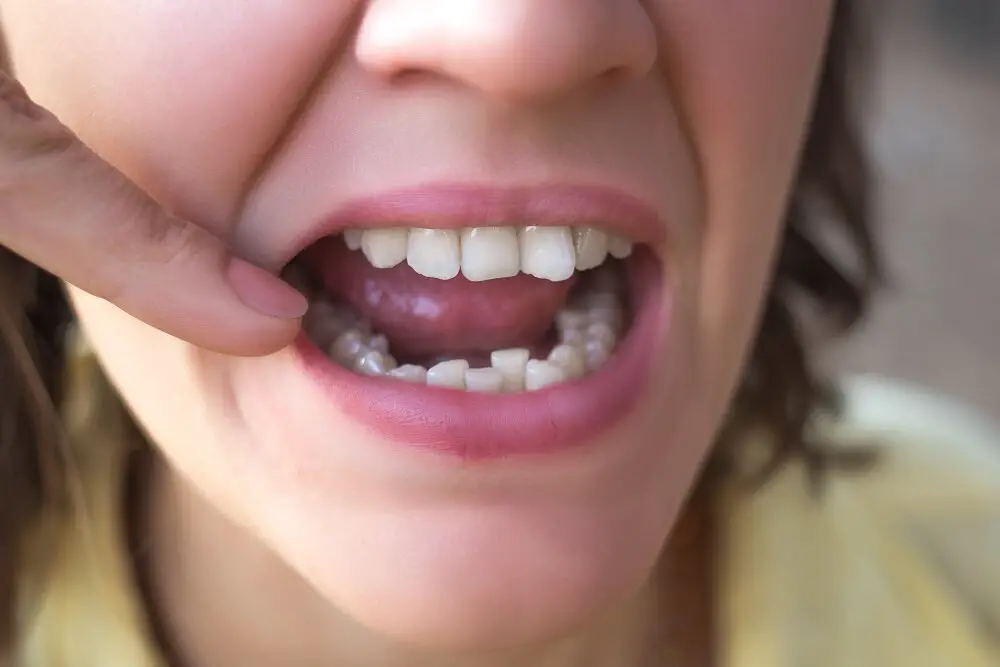
After wisdom teeth removal surgery, it is crucial to allow your body sufficient time to heal. The length of time required for healing varies from person to person, but it typically takes around 7 to 10 days. During this time, it is essential to avoid any strenuous activities, including workouts. Doing so could disrupt the healing process and lead to complications such as bleeding, swelling, or infection. Engaging in heavy exercise could also increase your blood pressure, which could cause the surgical sites to bleed. Therefore, it is advisable to wait for at least a week before resuming your workout routine. Once you have reached the 7 to 10-day mark, you can begin to gradually reintroduce exercise into your daily routine. However, it is essential to start with low-impact activities such as walking or gentle yoga to avoid any strain on the surgical sites. It is also advisable to avoid any exercises that require you to open your mouth wide or put pressure on the jaw, such as weightlifting or high-intensity interval training. Additionally, it is crucial to listen to your body and not push yourself too hard too soon. If you experience any pain or discomfort during exercise, stop immediately and rest until you feel better. By taking these precautions, you can safely resume your workout routine and ensure a speedy recovery following wisdom teeth removal surgery.
When considering resuming workouts following wisdom teeth removal, there are several factors to take into account. Firstly, it is important to listen to the advice of your dentist or oral surgeon, who may recommend waiting a certain amount of time before exercising again. Secondly, the extent of your surgery may impact how quickly you can return to your workout routine. If you had a simple extraction, you may be able to resume light exercise sooner than if you had a more complex surgery. Additionally, your pain levels, swelling, and overall physical wellbeing should be taken into account before starting any strenuous activity. It’s always better to err on the side of caution and slowly ease back into your routine to avoid any setbacks or complications.
Dentists recommend patients to wait at least 3-4 days before resuming any physical activity after wisdom teeth removal surgery. This is because strenuous workouts can increase blood pressure and cause bleeding in the extraction site, leading to further complications and delaying the healing process. It is also important to avoid any exercise that involves bending over or lying flat on the back, as this can increase swelling and discomfort. Patients should gradually increase their physical activity levels and listen to their body’s signals to avoid any strain or discomfort. Additionally, maintaining good oral hygiene and following the dentist’s post-operative instructions can ensure a smoother and faster recovery.
Tips for Safe Workouts After Wisdom Teeth Removal
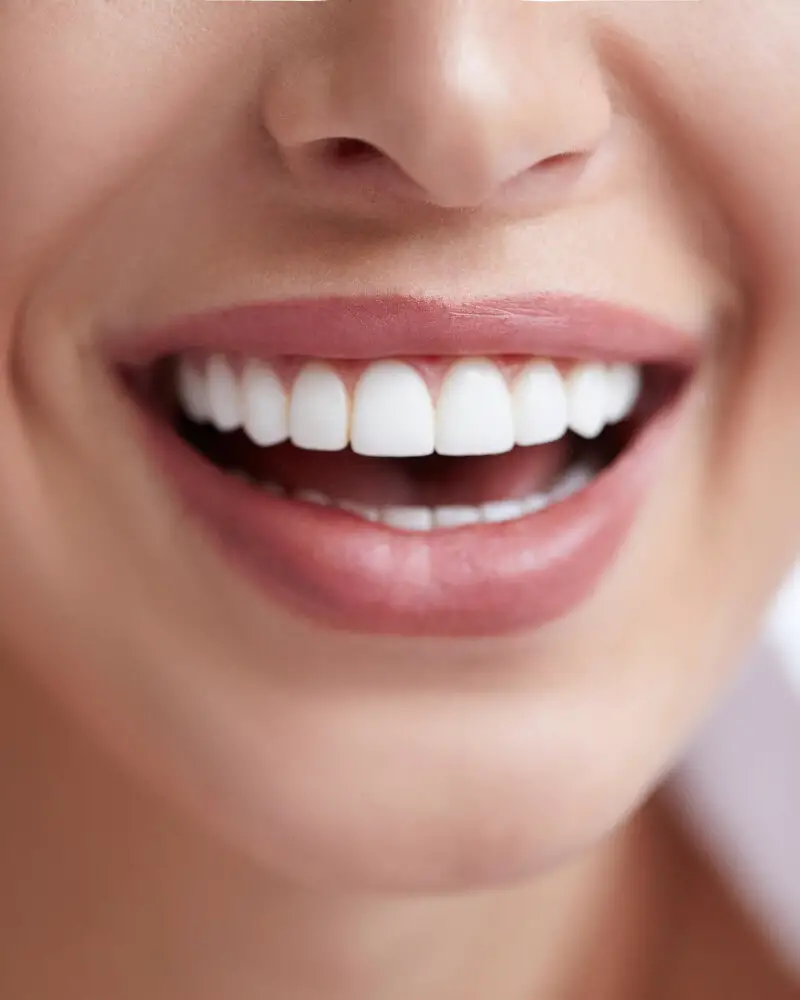
After undergoing wisdom teeth removal surgery, it’s essential to take some time to recover and allow the body to heal. One of the most important things to consider during this recovery period is physical activity. Exercise and workouts are essential for overall health, but it’s important to take precautions to ensure a safe and healthy recovery. Here are some tips to help you safely resume workouts after wisdom teeth removal:Firstly, it’s crucial to start slow and gradually increase the intensity and duration of your workouts. Engaging in strenuous activities too soon can lead to complications such as bleeding, swelling, and infection. Therefore, it’s recommended to start with light exercises such as walking or gentle yoga poses. As the healing progresses, you can gradually increase the intensity and duration of your workouts. However, it’s essential to listen to your body and stop immediately if you experience any discomfort or pain. Secondly, it’s essential to stay hydrated and avoid foods or drinks that can irritate the surgical site. Drinking plenty of water can help flush out toxins and reduce inflammation. Additionally, avoid consuming hard, crunchy, or spicy foods that can irritate the surgical site and slow down the healing process. Instead, opt for soft and easy-to-chew foods such as soups, smoothies, and mashed potatoes. By following these tips, you can safely resume your workouts after wisdom teeth removal and ensure a healthy and speedy recovery.
Modifying your workouts after wisdom teeth removal is crucial to ensure a successful recovery. For the first few days, it’s best to avoid any strenuous physical activity that can increase blood flow and disrupt the healing process. However, after a week or so, you can gradually resume light exercise, such as gentle stretching, walking, or yoga. It’s important to listen to your body and avoid any movements that cause pain or discomfort. Additionally, avoid any activities that involve spitting, as this can dislodge the blood clot and lead to dry socket. As you continue to heal, gradually increase the intensity and duration of your workouts, but always consult with your dentist or oral surgeon first. By making modifications to your workouts and taking it slow, you’ll be able to safely resume your fitness routine and achieve your fitness goals.
Proper oral care is crucial following wisdom teeth removal to prevent infection and promote healing. It is recommended to avoid using mouthwash for the first 24 hours after surgery and instead rinse gently with warm salt water. Brushing should be done carefully, avoiding the surgical area and using a soft-bristled toothbrush. It is also important to avoid smoking, using straws, and consuming foods that are hard or crunchy. Adequate hydration is also essential for promoting healing. It is important to follow the instructions provided by the oral surgeon and to contact them if any issues or concerns arise during the recovery period. By properly caring for the surgical site, individuals can ensure a smoother recovery and return to workouts as soon as possible.
The recovery timeline following wisdom teeth removal is dependent on the individual, but typically lasts from three to seven days. During this time, it is important to rest and avoid strenuous physical activity, including workouts. After the first 24 hours, gentle exercise such as walking can be beneficial for circulation and healing. However, high intensity workouts should be avoided for at least a week to prevent complications such as dry socket. It is important to listen to your body and not push too hard during the recovery period. Gradually easing back into your workout routine after the initial recovery period is crucial for a successful healing process.
Patience and proper healing are crucial aspects of recovering from wisdom teeth removal. Rushing back into workouts too soon can lead to complications and delayed healing. It’s essential to listen to your body and allow it the time it needs to heal. Ignoring pain or discomfort can worsen the condition and prolong recovery time. Proper healing involves following the instructions of your oral surgeon, including taking prescribed medications, avoiding certain foods, and keeping the surgical area clean. This will ensure that the recovery process is as smooth and quick as possible, allowing you to return to your workouts with renewed energy and strength. Remember that patience is key in the healing process, and taking the necessary time to recover will ultimately benefit your overall health and well-being.
After wisdom teeth removal, resuming workouts can be a daunting task. However, it is important to gradually get back into physical activity to maintain overall health and well-being. It is recommended to wait at least three to four days after the surgery before engaging in any form of exercise. Start with light activities such as walking or gentle yoga, and gradually increase intensity over the next few weeks. Avoid any strenuous exercises that may increase blood flow to the surgical site and cause bleeding. It is also important to stay hydrated and maintain a balanced diet to aid in the healing process. Always listen to your body and consult with your dentist or oral surgeon before resuming any exercise routine.
Conclusion
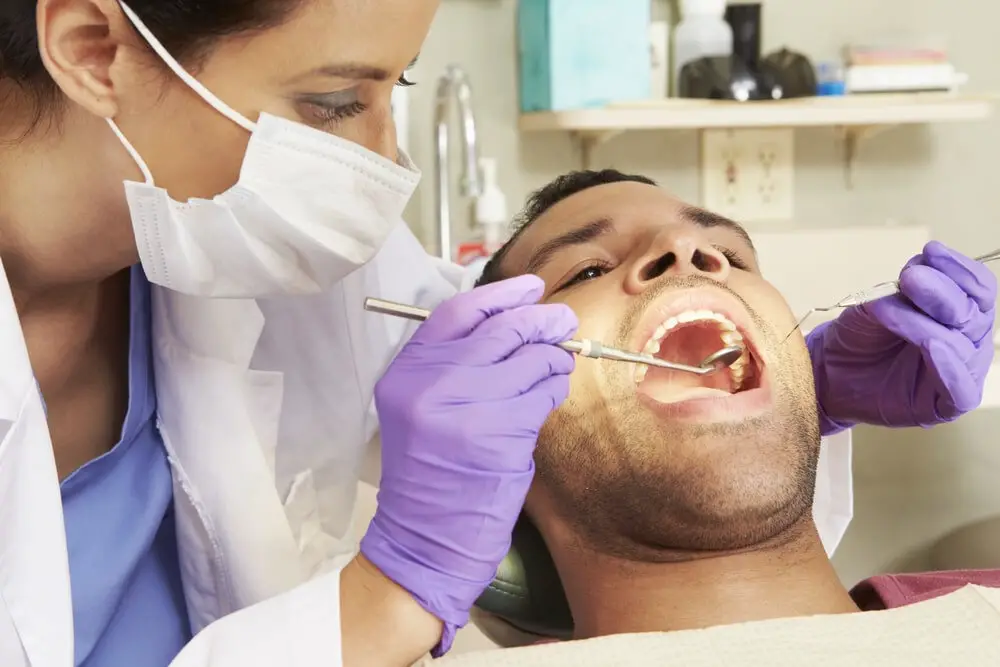
In conclusion, resuming workouts following wisdom teeth removal requires careful consideration and a gradual approach. It’s essential to prioritize rest and recovery in the first few days after the procedure to allow the body to heal properly. Engaging in strenuous physical activity too soon can lead to complications and prolonged recovery time. However, light exercises such as walking and stretching can be beneficial to improve blood circulation and alleviate pain. Patients should also consult their dentist or oral surgeon for personalized recommendations on when to resume workouts based on their individual recovery progress. With proper care and patience, patients can safely return to their fitness routine and achieve their health goals.

